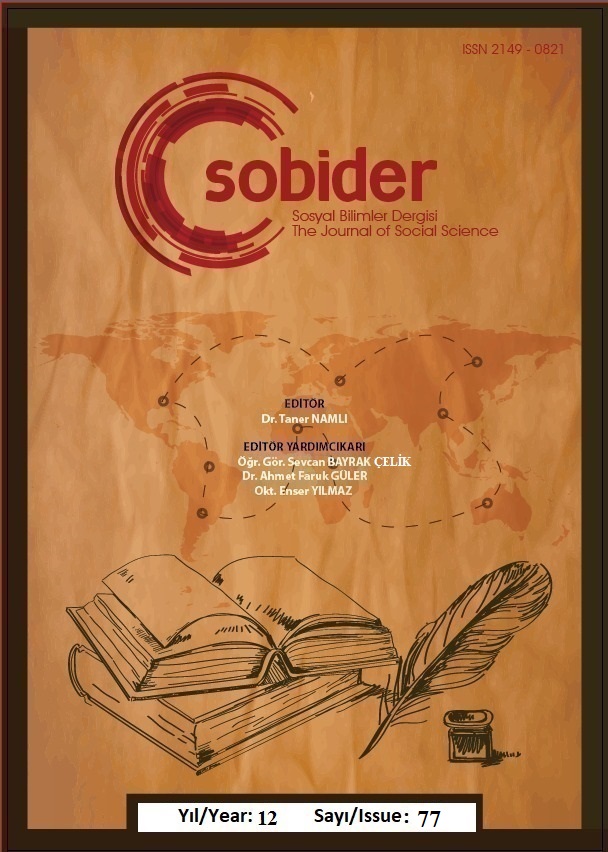Author :
Abstract
Bu çalışma, dijital çağda bilgi üretimi, temsili ve inkâr stratejileri arasındaki ilişkileri, yalancının kârı (Liar’s Dividend) kavramı çerçevesinde incelemektedir. Chesney ve Citron (2018) tarafından geliştirilen bu kavramsal çerçeve, özellikle deepfake teknolojilerinin gelişmesiyle birlikte, bireylerin ya da kurumların dijital içeriklerin sahte olabileceği iddiasıyla sorumluluktan kaçmalarına olanak sağlayan söylemsel bir savunma stratejisini tanımlar. Çalışmada, bu stratejinin yalnızca bireysel inkâr aracı değil; aynı zamanda epistemolojik bir kırılmaya işaret eden toplumsal bir fenomene dönüştüğü ileri sürülmektedir. Araştırmada nitel vaka analizi yöntemi kullanılmış ve 2020–2024 yılları arasında uluslararası medyada geniş yankı uyandıran yedi dijital manipülasyon vakası incelenmiştir. Vakalar, “gerçek içerik”, “inkâr”, “manipülasyon iddiası” ve “kamuoyu şüphesi” olmak üzere dört ana kriter doğrultusunda tematik olarak sınıflandırılmış ve “yalancının kârı” stratejisine uygunluk derecelerine göre analiz edilmiştir. Örneklemde özellikle 6 Ocak ABD Kongre Baskını ve George Floyd’un ölümü gibi kamuoyunu derinden etkileyen vakalar ayrıntılı biçimde değerlendirilmiştir. Elde edilen bulgular, dijital içeriklerin yalnızca üretim biçimleriyle değil, temsillerine yöneltilen stratejik kuşku mekanizmalarıyla da anlam kaymasına uğradığını göstermektedir. Bu bağlamda “yalancının kârı”, dijital çağın bilgi rejiminde gerçekliğin söylemsel olarak aşındırılmasına imkân veren yeni nesil bir inkâr stratejisi olarak değerlendirilmektedir.
Keywords
Abstract
This study examines the relationship between digital content production, representation, and denial strategies within the conceptual framework of the Liar’s Dividend, as theorized by Chesney and Citron (2018). The concept refers to a discursive defense mechanism that enables individuals or institutions to evade responsibility by claiming that a digital content might be fake particularly in an era where technologies like deepfakes have advanced significantly. The study argues that the Liar’s Dividend is not merely a personal denial tactic but also a broader epistemological phenomenon reflecting a structural shift in how truth is contested in the digital public sphere. A qualitative case study method was employed, focusing on seven high-profile cases of alleged digital manipulation covered by international media between 2020 and 2024. Each case was analyzed based on four key criteria: the authenticity of the content, the presence of denial, the invocation of manipulation, and the degree of public doubt. Cases such as the January 6 U.S. Capitol Attack and the death of George Floyd were examined in detail due to their significant legal and societal impact. Findings reveal that digital content is not only shaped by its technical production but also by the discursive mechanisms that challenge its representational integrity. Accordingly, the Liar’s Dividend emerges as a strategic denial model that undermines truth in the digital age not by disproving reality, but by sowing doubt about its representation.





